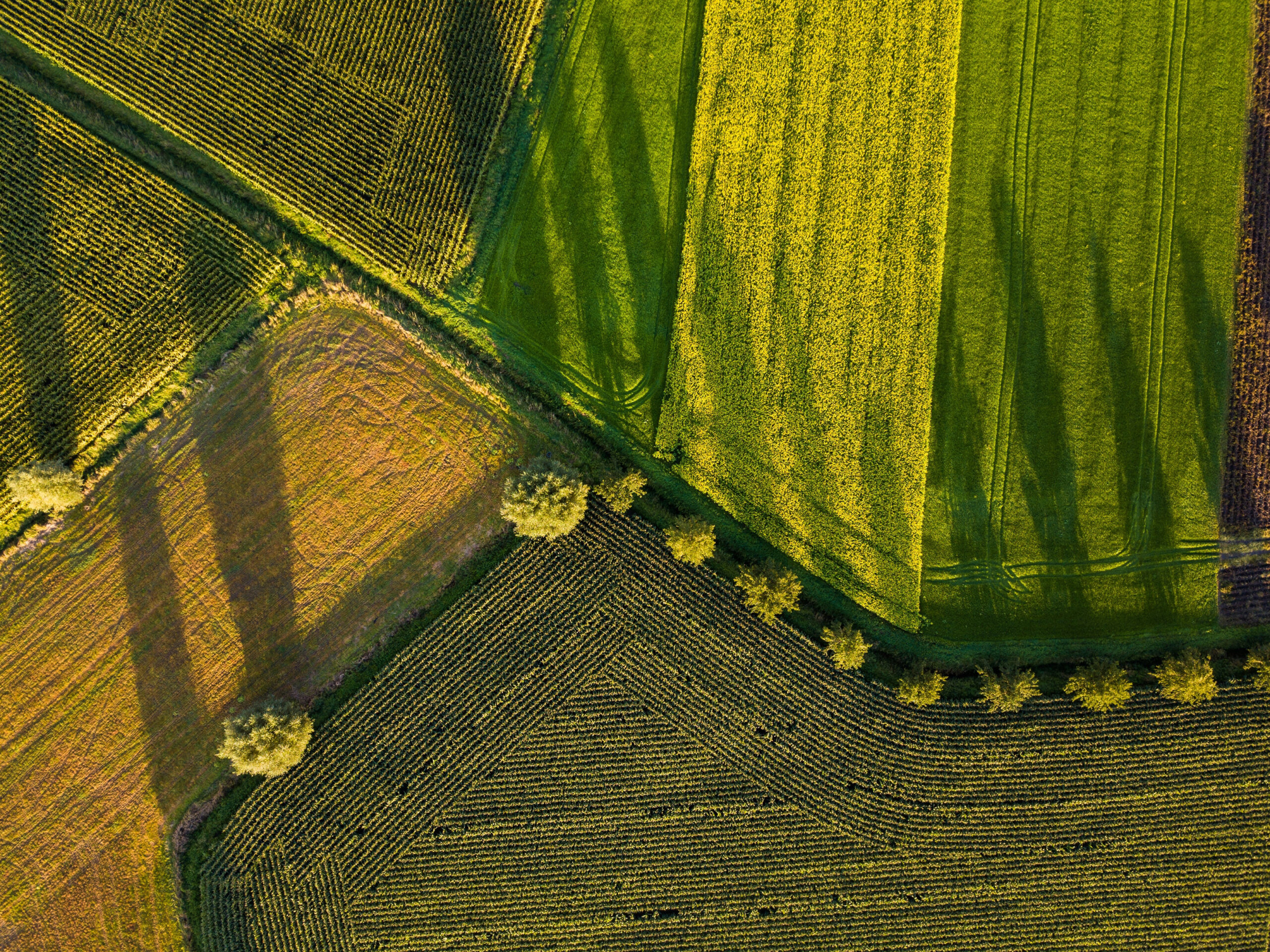Interactive Tool: Exploring Farmland Cap Rates

The vast majority of farmland sold each year is purchased by farmers. However, farmland has also garnered significantly more interest as an investment over the last decade. There are numerous reasons why investor interest in this asset class has increased, including farmland’s potential as a diversifying asset class, its steady financial returns, and its historical correlation with inflation. For investors, owning farmland is somewhat comparable to investing in other types of real estate, and certain concepts can be carried over to assess farmland investments. One metric commonly used to evaluate potential returns for commercial real estate is the capitalization rate (cap rate). The cap rate is calculated as an asset’s annual revenue divided by the asset value. In general, investors categorize higher cap rates with higher returns and likely higher risk compared to lower cap ratesi. There are no “good” or “bad” cap rates; instead, many investors use cap rates to benchmark investments in comparable real estate assets across different markets. In this manner, cap rates can be useful to assess the relative attractiveness of one investment over another, given specific risk and return requirements.
For farmland investors, cash rental rates could be viewed as the annual revenue, while the asset value could be the market price for the land. Therefore, one can calculate an estimated cap rate for farmland by dividing the average cash rent per acre by the average value of farmland per acre.
Implied County Cropland Rental Return Rate Data Explorer
Click below to expand the data explorer
The figure above displays this understanding of cap rates for farmland using data from several USDA sources. Specifically, results from the 2022 Ag Census released this February provide county-level data on both cash rents and farmland values.
We invite you to experiment with the interactive map above to examine farmland cap rates across the country. There are a few notable results to explore. First, the results show a continued trend lower in average cap rates on farmland from 2.3% in 2012 to 1.8% in 2022. The decline in cap rates partially reflects the broad decline in interest rates over this period, which helped fuel an increase in farmland values.
The map also reveals some clear spatial patterns. Broadly speaking, the highest cap rates stretch from the Western and Northern Plains states, through the core agricultural production of the Corn Belt, and down through the Delta to the Gulf of Mexico. These regions account for most of the production of many annual crops, including wheat, corn, and soybeans. Conversely, cap rates are noticeably lower throughout much of the Northeast, down through the Southeast, into Texas, and even in the West Coast to a certain extent.
These patterns didn’t necessarily emerge in 2022 and have generally persisted over the last few decades. For example, cap rates have historically tended to be lower in the Southeast than in the Midwest. From 1997 to 2005, the average farmland cap rate in Florida and Georgia was 1.6%, much lower than the 5.3% in Iowa and Illinois over the same period.
Several factors likely contribute to the spatial patterns in farmland cap rates. These could include alternative uses for farmland, the competitiveness of local farmland rental markets, the proximity of farmland to urban areas, and the propensity of livestock within a county. Future Feed articles will explore the nuances of factors that influence both cash rental rates and farmland values.










